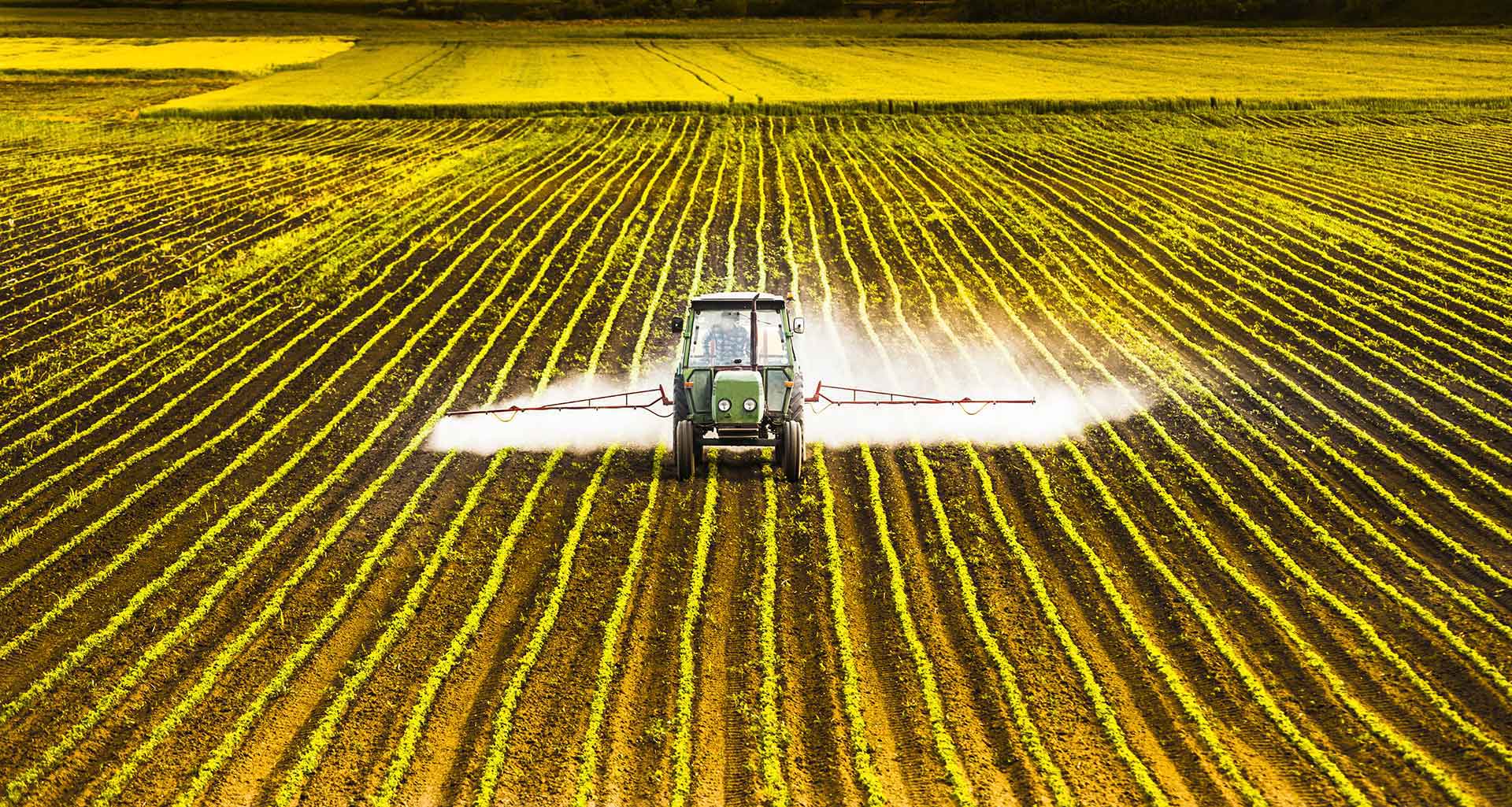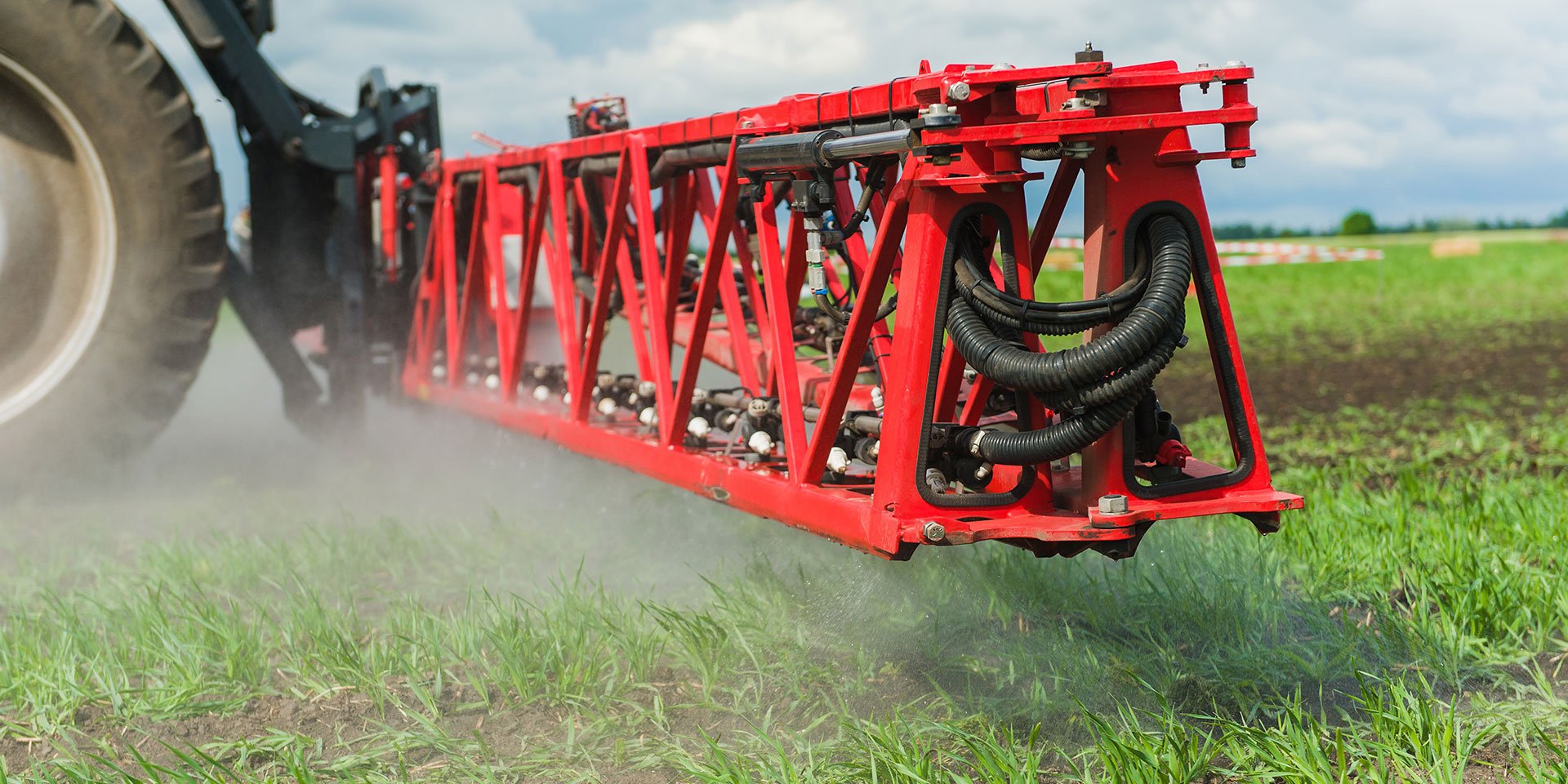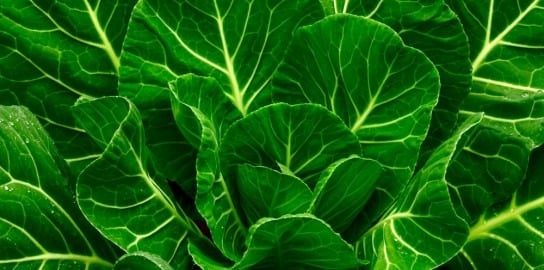Consumers Are Concerned About Glyphosate Residue. So Why Is It Still in So Many Products?
Glyphosate, the active ingredient in the herbicide Roundup, isn’t getting much good press these days: Mexico signaled its intention to ban the chemical, and Bayer-Monsanto, the herbicide’s manufacturer, agreed to pay nearly $10 billion to settle a slew of lawsuits alleging it caused plaintiffs cancer. Although the tide of public opinion seems to be turning against herbicide, it is still the world’s most popular weed-killer, and a new study is a sobering reminder that glyphosate residues are everywhere in the food we eat.
Recent analysis from the Environmental Working Group (EWG) found that 90 percent of conventional hummus brands they sampled contained detectable glyphosate residues, with a third of the brands exceeding their limit for healthy dietary exposure. Even several organic brands, made from chickpeas that are not allowed to be produced with any pesticides, managed to test positive for glyphosate residues.
What Are the Risks From Glyphosate Residues in Food?
The exact risks that come with consuming glyphosate residues on food aren’t clear. The cancer lawsuits that Bayer-Monsanto has lost so far were all brought by people who frequently handled and applied glyphosate-based herbicides, not people who had eaten it in food.
The EPA is responsible for setting maximum tolerances for residues on food whenever it approves a pesticide. By their standard, all of the hummus and chickpea brands sampled by the EWG are safe for consumption. However, scientists have expressed concern that the EPA’s review process is biased towards the pesticide manufacturers and may not represent the actual health risk. For one thing, chemical companies like Bayer-Monsanto submit information about an herbicide’s toxicity themselves. This reduces demand on the EPA’s limited resources, but also introduces concern about data manipulation and study bias. Additionally, the EPA sets its limits based on likely exposure through diet, but some scientists don’t think its estimates accurately account for the exponential rise in the use of glyphosate on herbicide-resistant corn and soy since the 1990s.
With these concerns in mind, the EWG set its own residue limits at 160 parts per billion (ppb). This is nearly 30 times lower than the EPA’s 5000 ppb, a much more strict level of daily residue exposure that presents minimal risk for children and other vulnerable populations.
Furthermore, the International Agency for Research on Cancer made a landmark declaration that glyphosate is a “probable human carcinogen” in 2015, based in part on feeding studies where animals developed tumors, mostly at higher exposure levels than we see in food residues. Even at normal levels found in food, however, scientists have found evidence that glyphosate residues can disrupt the gut bacteria of rats, raising concern over its potential to alter the human microbiome. While still a relatively new area of study, the gut microbiome has a major influence on overall health, with imbalances associated with digestive, autoimmune and neurological disorders.
While much of the independent research into glyphosate residues is in early stages, some scientists feel there’s enough evidence of negative health impacts to raise the alarm about chronic exposure — like consuming high amounts of residue through food for many years — and say that reducing glyphosate residues in the food supply is important to public health.
Why are Glyphosate Residues So High in Chickpeas?
Glyphosate is best known as the weedkiller Roundup, which is often paired with crops that are genetically modified to resist it. This pairing allows farmers to control weeds easily by spraying entire fields of resistant crops with the herbicide. The widespread use of glyphosate-resistant crops led to a more than 20-fold increase in the amount of glyphosate use annually from 1992 to 2016 and continues to climb today. But while these glyphosate-resistant crops — mostly corn and soy — are mostly responsible for this increase, many crops like chickpeas and other beans haven’t been modified this way. Given that glyphosate can easily kill a growing chickpea crop, it isn’t used as a one-size-fits-all weed control. So why is it turning up on chickpeas?
The fact that glyphosate can kill these other crops is also a part of its usefulness. Towards the end of the growing season, many crops — like beans, oats and wheat — need to be dry in order to be harvested. While plants dry out on their own, they do so at different times in the field. Harvesting while plants and seeds are still wet can clog equipment and lead to storage issues, and the unpredictable nature of fall weather means that waiting for the entire crop to dry can be risky. To combat this, some farmers use glyphosate as a desiccant, or drying agent, to kill mature crops and ensure they dry quickly.
Using glyphosate as a desiccant is controversial. “While glyphosate will desiccate a crop, it is designed as a weed control tool,” says Andrew Thostenson, a pesticide specialist with North Dakota State University Extension.
Technically, the main authorized use for late-season glyphosate in chickpeas and other crops is to control weeds that can clog up equipment during harvest. Chickpeas and dry beans grow in pods, so the beans aren’t sprayed directly with desiccant glyphosate, but Thostenson says that using the chemical while crops are too wet can cause the plants to soak up too much of it, leading to high levels of residue like those that the EWG found in their samples. Additionally, using glyphosate too early can compromise the quality of the crop, making it a risky move for farmers.
And despite recommendations from many growers’ associations in the US and Canada to avoid relying on glyphosate as a desiccant, many farmers are still taking advantage of its dual uses in areas where the crops don’t reliably dry on their own.
Going Glyphosate-Free
Transitioning away from glyphosate use in chickpeas and other dry legumes is possible but involves extra labor and creativity. Sara Mader, who operates the Palouse Brand, made the decision to start phasing out glyphosate on her Washington farm several years ago. She says that in her first year without glyphosate, they tried spot harvesting, which involved making multiple passes to collect dry crops as different areas of the field matured. This year, she’s trying out an innovative technique: swathing, or cutting the plants down once they’re mature and letting them dry in the field. It’s a technique that she hasn’t heard of other chickpea growers using, and it may require the farm to bring in specialized equipment from Canada to ensure they can harvest the crop.
It’s uncharted territory, but “if we time it right with the weather patterns,” Mader says, “we should be able to get a really good result,” adding that she thinks combining the swathing technique with the new equipment should give them even less crop loss than they see with spot harvesting.
Ultimately, Mader feels this kind of experimentation is necessary to maintain Palouse Brand’s quality. It’s also valuable to other farmers trying to provide residue-free products: “We’re trying to find the best method,” she says. “It doesn’t mean that it’s going to go great, but then we’re having those conversations with others around us.”
Labels, Pledges, and Laws: How to Avoid Glyphosate Residues
So far, there’s not a surefire way to completely avoid glyphosate residues. At least one organization, the Detox Project, is currently offering a third party “Glyphosate Residue Free” certification for food products, which requires companies to submit product samples for glyphosate residue testing at least three times a year. Relatively few products have been registered to date, though several major oat milk products are already participating. Interest in the label is growing, however; the Detox Project says it’s received thousands of inquiries to register new products, and Thrive Market, an online health food retailer, announced last year that it would require its suppliers to be certified. The Glyphosate Residue Free label joins an older Certified Pesticide Residue Free label from Scientific Certification Systems in registering products that don’t contain any glyphosate residues.
Certifying a residue-free product may not be that straightforward, however. “There’s a couple of challenges” says Dr. Urvashi Rangan, a sustainable food systems expert and the chief science advisor for FoodPrint, “The first being ‘What is residue-free?’ ” Lab tests for pesticide residues have different detection thresholds, and standards like the Glyphosate Residue Free certification — which stipulates that samples must have no glyphosate residues beyond the laboratory detection limit of .01 parts per million (ppm) — may simply be too strict. Given that glyphosate is so ubiquitous in food processing, even tiny amounts of “background” glyphosate (possibly from pesticide drift or shared processing equipment) could cause a product coming from a farm not using glyphosate to fail.
The second major issue may seem at odds with the first: residue-free certifications can’t actually guarantee that glyphosate wasn’t used, only that it doesn’t appear in the final product. As Rangan explains, “I don’t think it meets consumer expectations entirely since it’s just an end-of-the-pipeline test. They could have used glyphosate early on, but you wouldn’t find it.”
USDA organic certification may help solve this problem, since it focuses on the production process rather than the residues in the final product. Still, this is where detection thresholds become problematic: while organic products are technically never sprayed with glyphosate or other pesticides, the EWG analysis showed that residues can end up even in organic products through drifting spray or shared equipment. It’s important to note that aside from one high-residue, organic chickpea sample, the organic brands sampled had low overall levels of residue. Even with small amounts of detectable residue, choosing organic is still a good way to minimize your exposure to glyphosate, with recent research showing that an organic diet can reduce urinary glyphosate levels (which reflects glyphosate levels in the bloodstream) by as much as 75 percent.
Outside of third-party labels, individual farms and food companies are responding to demand for glyphosate residue-free products. Palouse Brand has transitioned throughout the years and does not spray glyphosate on any growing crops, a shift which Mader says comes as a result of growing concern she was hearing from consumers.
Larger companies are also responding: After being targeted in a 2018 lawsuit over glyphosate residues, Kellogg announced in January 2020 that it would be working with its suppliers to phase out pre-harvest glyphosate usage. While the move doesn’t guarantee residue-free products, a major buyer like Kellogg signaling it won’t buy glyphosate-treated grain incentivizes farmers to avoid spraying. Ben and Jerry’s also committed to phasing out products dried with glyphosate by 2020, though concerns persist about high glyphosate use on the GMO corn and soy within their dairy supply chain.
Outside of these voluntary measures to reduce glyphosate exposure through food, at least one bill, the Keep Food Safe from Glyphosate Act of 2019, aims to set more stringent limits on glyphosate residues. The bill, which is currently in committee, would limit glyphosate residues in oats to .1 ppm, well below the current standard of 30 ppm that was set by the EPA after lobbying from Monsanto and conventional grain farmers. While it faces significant opposition from conventional farm lobby groups and may never be signed into law, the bill represents another avenue for environmental and public health groups to push for lower chemical residues in food.
Top photo by mescioglu/ Adobe Stock.
More Reading
Busting common myths about organic food
December 23, 2024
Julie Guthman explains why Silicon Valley will not hack the future of food
November 4, 2024
Vandana Shiva is still mad
October 2, 2024
Cooking oils and sustainability
July 26, 2024
Why Heirloom Seeds Matter
August 18, 2023
Plastic-Coated Agricultural Chemicals are Destroying Human and Planetary Health
July 14, 2022
EPA Bans Chlorpyrifos, Finally
August 23, 2021
Is Glyphosate a “Common Denominator” in Collapsing Environmental and Human Health?
July 19, 2021
Goodbye to Dicamba - For Now
June 10, 2020



